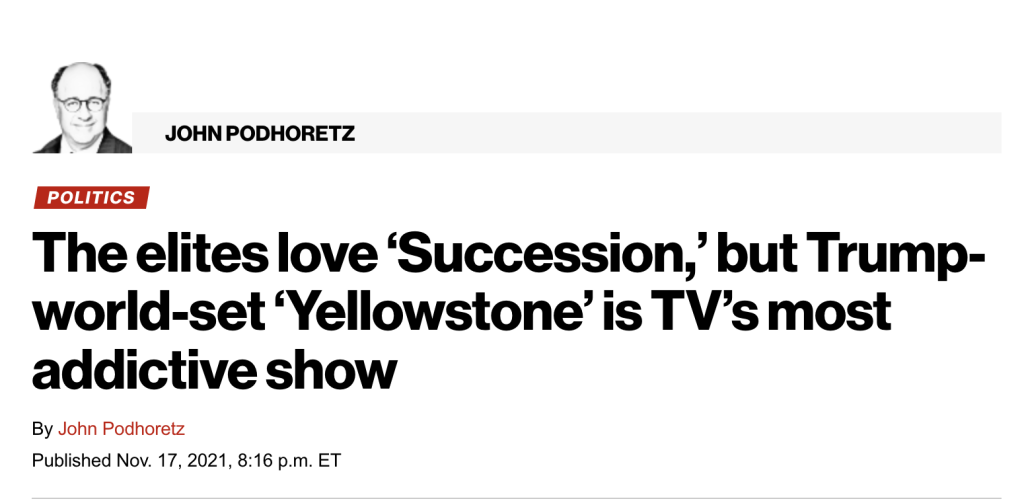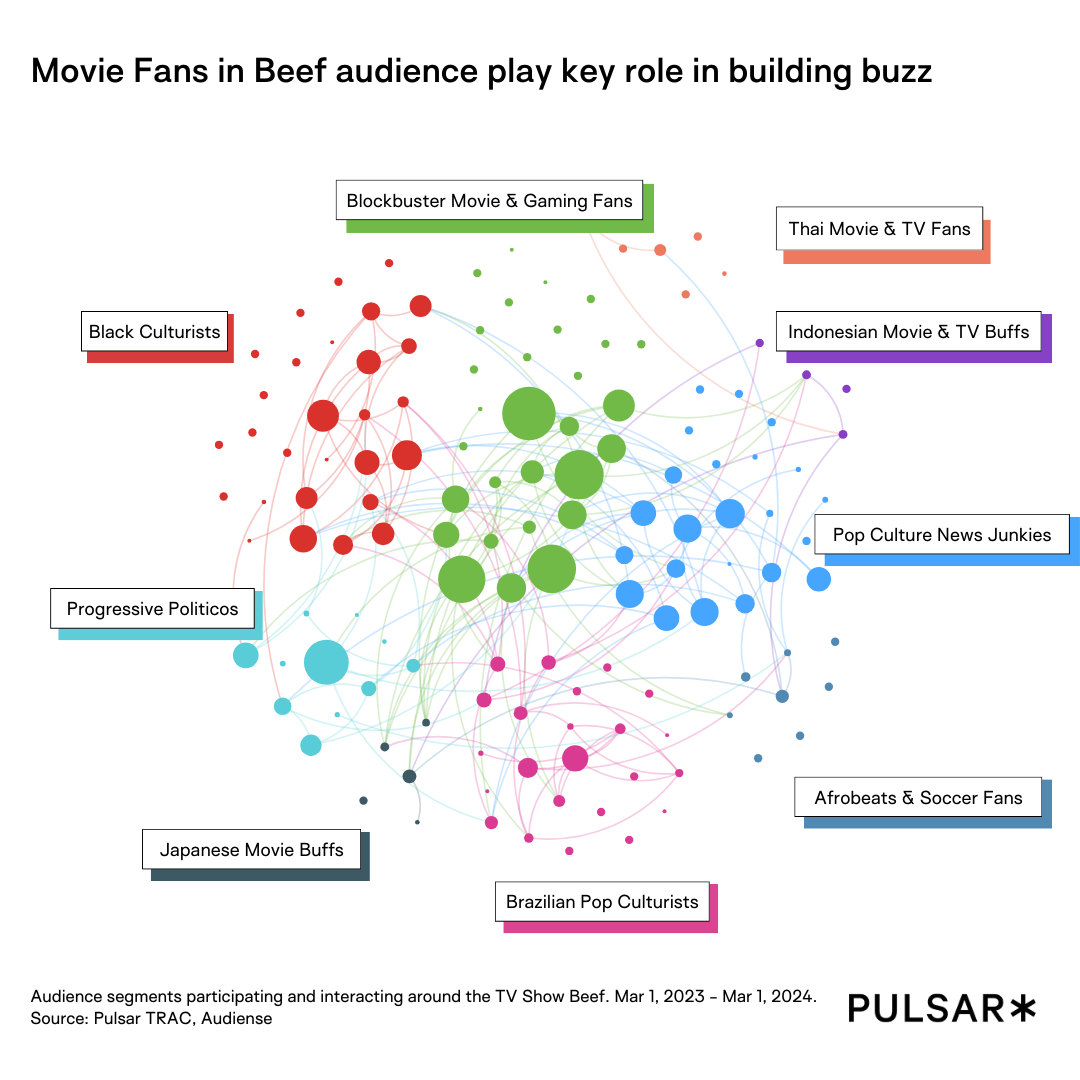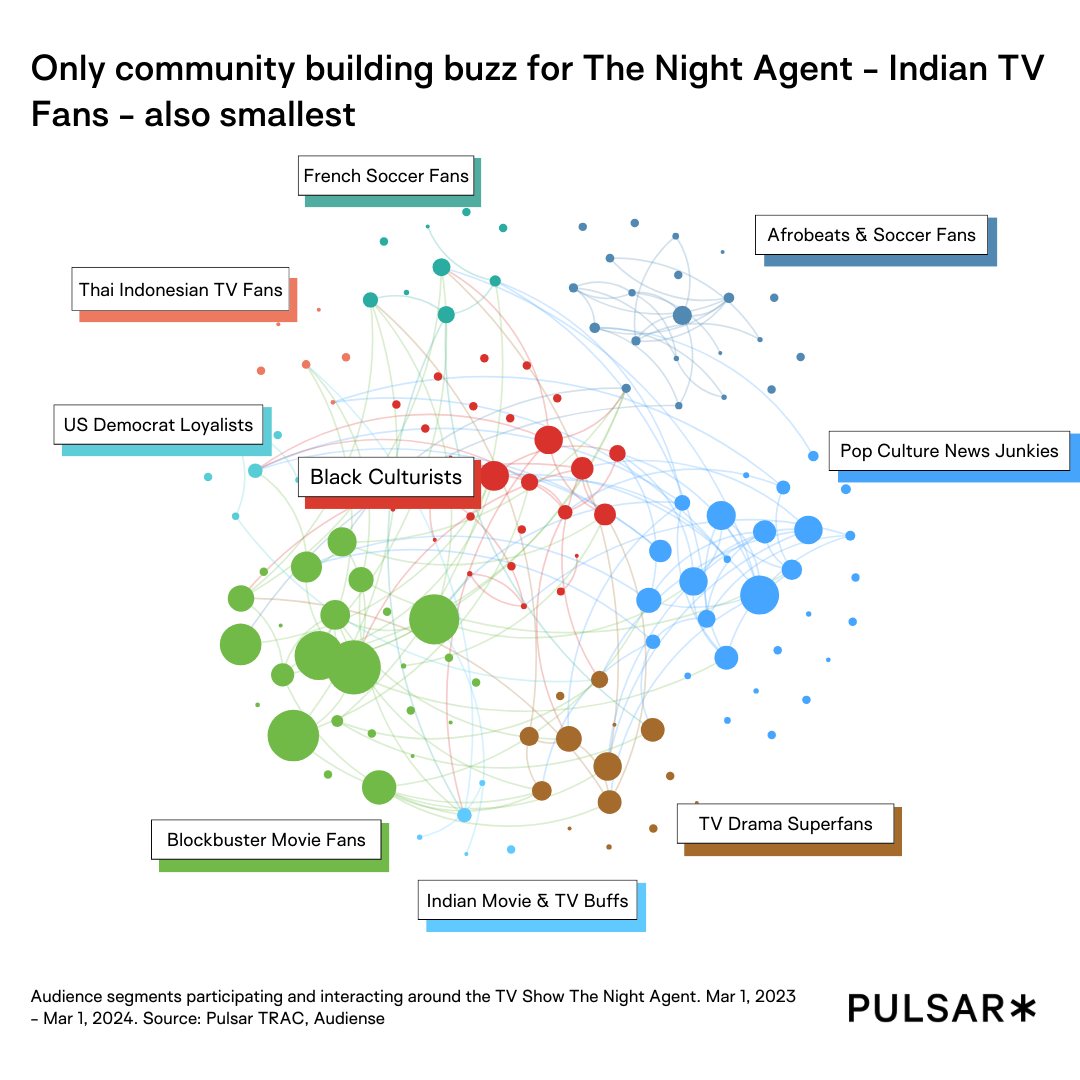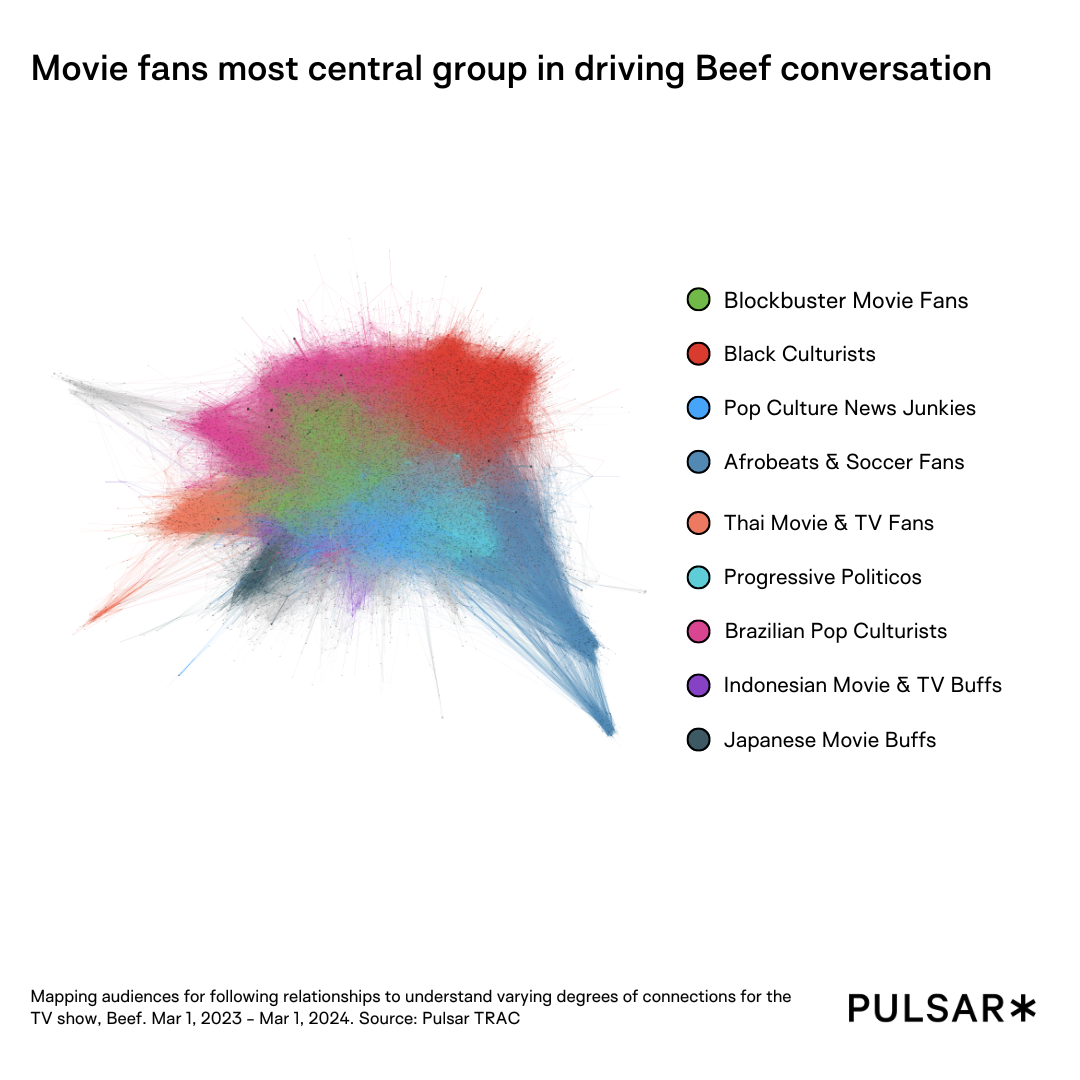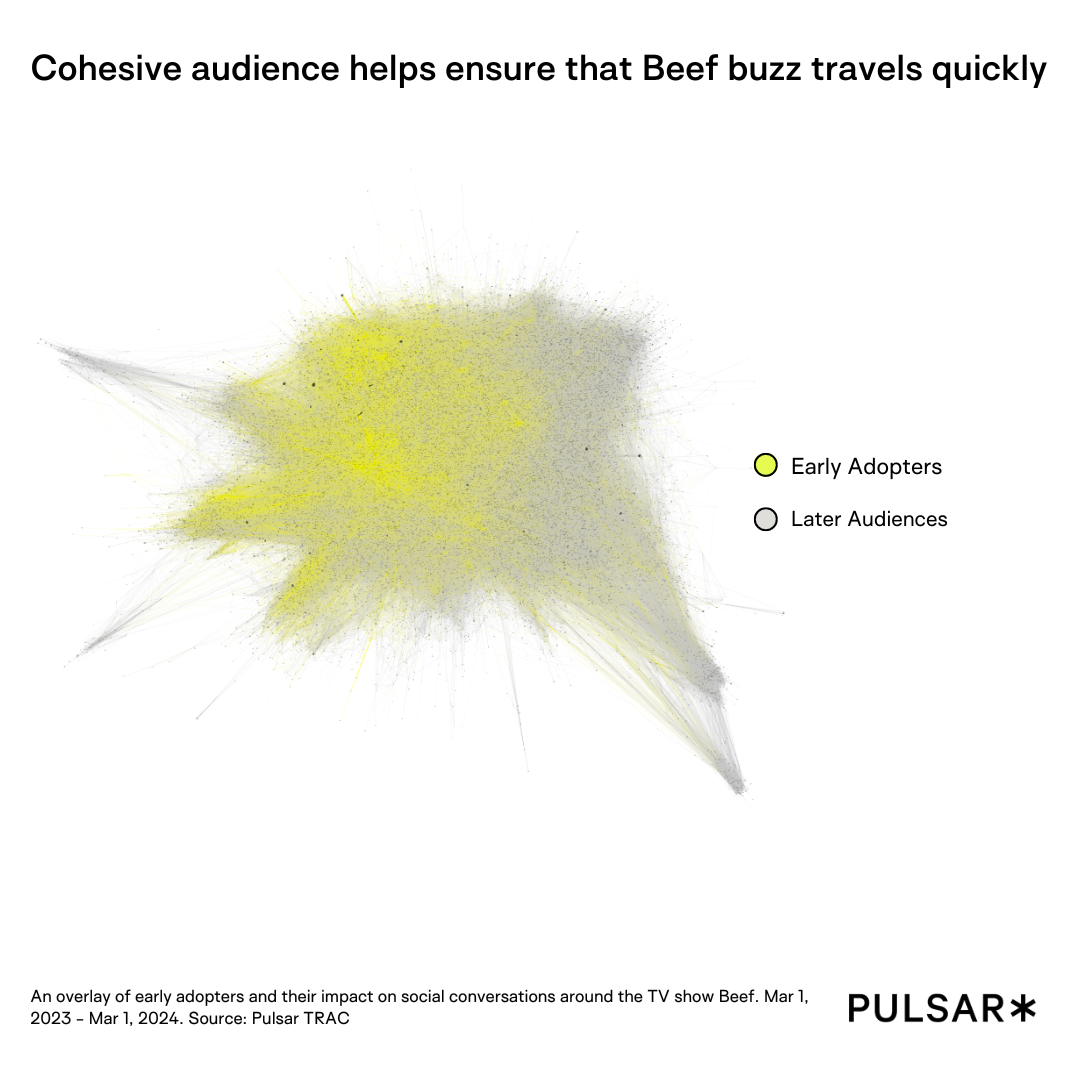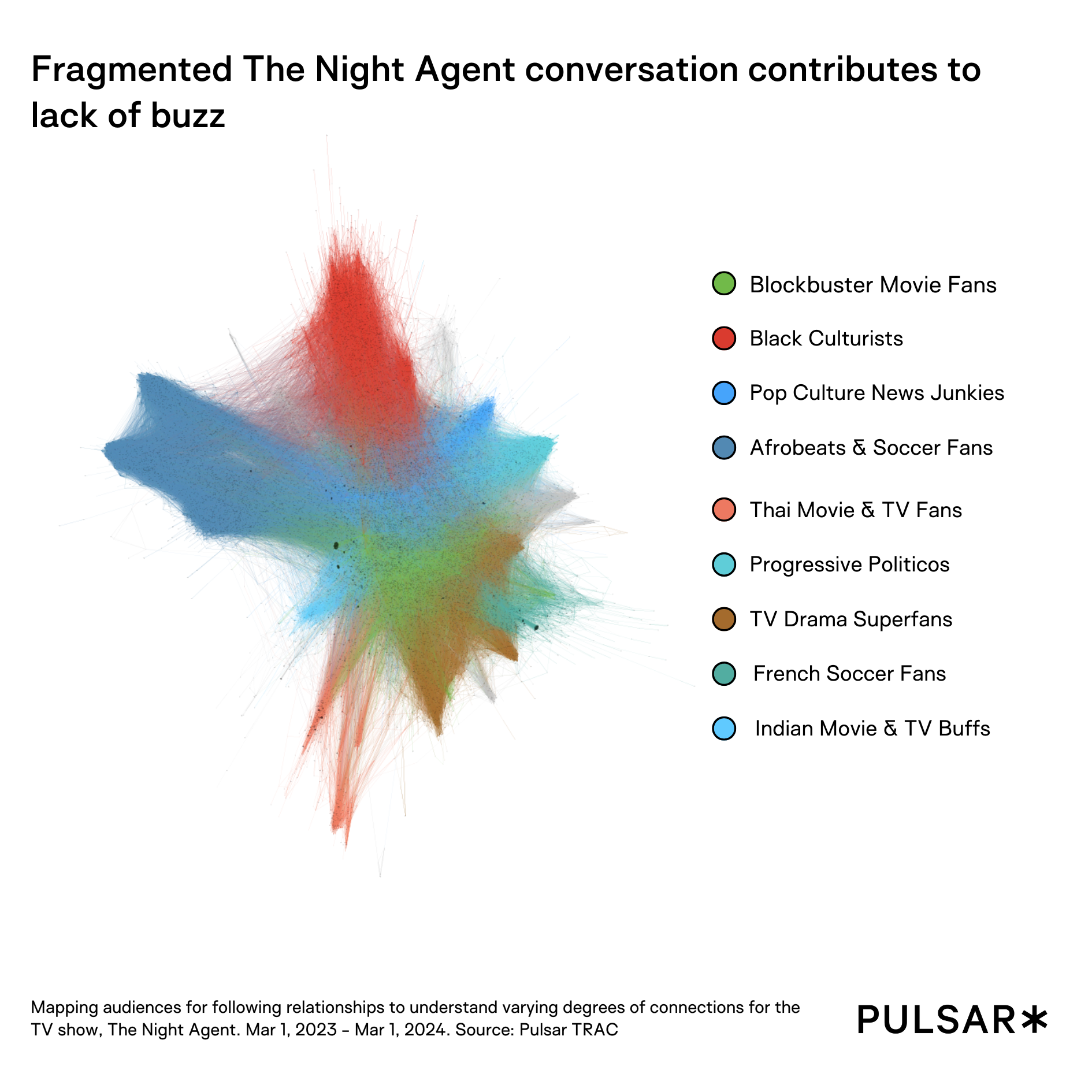
Critical Darling vs. Ratings Hit: how do the audiences of Netflix shows differ?
A show's success hinges on its audience. Fail to build an audience, and your creative vision becomes a footnote in the annals of television and streaming history. No two audiences look - or behave - the same, however.
Our initial exploration of Netflix’s top releases of 2023 illustrated several factors in the complex relationship between attracting viewers and creating a significant cultural footprint—including fandom community presence, release pattern, and genre. It also demonstrated the potential gap between these two types of success.
This raised two connected questions: what distinguishes the audience of a show that makes an outsized impact on the cultural conversation? And is there anything we can glean from studying the smaller footprint of a widely-viewed show that goes “under the radar” from a conversation perspective?
In recent years, cultural commentators have written at length about the “cultural divide”.
now i understand why every conservative i worked with treated yellowstone like their succession https://t.co/RlMhMXNfsv
— steven (@steventargaryen) March 25, 2024
This was exemplified by the critical acclaim and social media fervor for HBO’s Succession, juxtaposed against the much higher viewership of Paramount’s Yellowstone—which the New York Post chided the “Twitterati” for overlooking.
As both these series come to an end, however, two of Netflix’s successful 2023 releases may best exemplify the current state of this divide. By studying the growth of their online audiences, we were able to look beyond the noise and better understand their differences.
Beef and The Night Agent are both original narratives of 10 bingeable episodes which were released within two weeks of each other and quickly found large audiences. After three months, The Night Agent ranked as the most-viewed Netflix title of H1 2023, and Beef landed in the top 20—ranking ahead of the second seasons of Vikings: Valhalla, Shadow and Bone, and Sweet Tooth.
And yet, Beef accumulated far more social media attention, despite receiving about one-fourth as many viewing hours as The Night Agent. While a high degree of awards buzz certainly boosted the ongoing conversation around Beef, it clearly drove much more conversation immediately before and after its release as well.
What can account for Beef’s edge in driving conversation from the beginning and The Night Agent’s slower decay? It’s time to dive into the audiences and find out. First, using Pulsar TRAC, we identified the “Early Advocates” who mentioned each show on X between the trailer and the day of the show’s release.
As suggested by the marked difference in conversation volume, Beef had seven times as many Early Advocates as The Night Agent. An exploration of the most influential accounts for each audience supports the hypothesis that the preexisting fandom of Beef’s studio, A24, was a key differentiating factor: among the Early Advocates of Beef, 23% follow A24, which posted the trailer on X.
new netflix series “BEEF” dropped today. by the production company A24. i’ll be back. let me tap in
— LISAN AL GIAB (@newzenpai) April 6, 2023
The Night Agent’s social media audience did not have a similar central influencer apart from Netflix itself to activate them. While creator and showrunner Shawn Ryan was active in promoting the show, only 5% of the Early Advocates follow him. Of course, despite the relative lack of fanfare, viewers still found the show, which debuted as the most-watched of the week. This could be due to direct word-of-mouth or simply the Netflix algorithm working as intended:
Randomly clicked on a series on Netflix by accident "The Night Agent"
3 episodes in and glued🍿
— WAXONLINE (@Wax_Online_) March 23, 2023
Regardless, one might assume that Beef’s higher volume of social media buzz would bring more awareness to new communities over time, but we found the opposite to be the case. Surprisingly, 16% of Beef’s eventual X audience were already Early Advocates—including 28% of its largest community, Blockbuster Movie & Gaming Fans—and all but one community consisted of at least 10% Early Advocates.
On the other hand, 95% of those discussing The Night Agent only did so after the show’s release; the highest share of Early Advocates were in its smallest community, Indian Movie & TV Buffs, which was the only community to have at least 10%.
We can also visually explore the varying degrees of fragmentation in each audience and see how they expanded over time. Each node represents an individual account, with edges signifying a following relationship. Regions of the network with a higher density of following relationships are shown as more closely connected.
Comparing the “Early Advocates” for Beef, overlaid in yellow, to the segment map, we can see that some growth after release occurred in the lower right portion of the network.
The isolated Afrobeats & Soccer Fans—mostly geographically concentrated in Africa—saw the most growth post-release. Apart from this community, the rest of the network is generally cohesive, with the key Early Advocates, Blockbuster Movie & Gaming Fans, at the center. This enabled conversation to quickly spread throughout the audience, reaching communities as far-flung as Brazil, Thailand, Indonesia, and Japan before the show was released.
The Night Agent, on the other hand, is clearly a more fragmented audience of distinct communities.
As with Beef, the Blockbuster Movie Fans at the center of the network were more likely to be Early Advocates, but they were less connected to the other communities around them—leading to a slower spread of conversation.
All told, The Night Agent’s conversation audience grew almost three times as much after release compared to Beef—despite the later awards attention for Beef throughout the year.
In short, a cohesive audience can be a powerful engine to drive a fast-breaking wave of conversation, but a fragmented audience may actually sustain conversation for a longer period. As we have already seen, the strong fandom community around A24 was one factor in the cohesiveness of the Beef audience—but what else might contribute to the different structure and behavior of these two audiences?
At a community level, although the segments that surfaced in each audience were largely similar, a key distinct community in The Night Agent’s audience were TV Drama Superfans, who appear to be a loose combination of latent fandoms from other shows. These include showrunner Shawn Ryan’s previous cult favorite Timeless and star D.B. Woodside’s previous show Lucifer, along with other TV drama series and news sources. Reddit communities participating in the conversation include other fandoms of past shows featuring Woodside, including 24 and Buffy the Vampire Slayer.
While the composition of any audience can be multifaceted and unpredictable—not to mention the artistic, social, and political elements of entertainment that affect its appeal to awards organizations and cultural critics—The Night Agent’s audience suggests that there are multiple ways of tapping into preexisting fandoms to amplify conversation around a new show. Even in the case of Beef, fans of star Steven Yeun and his previous series The Walking Dead played a role, with 8 to 10% affinity among Early Advocates, and Ali Wong certainly contributed her following as well. However, in the absence of a cultural juggernaut like A24, a show like The Night Agent may take longer to build cultural momentum if relying on less connected communities.
This article was created using data from TRAC
